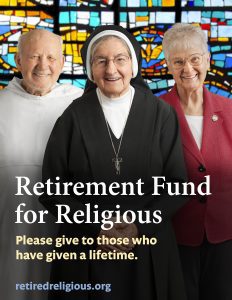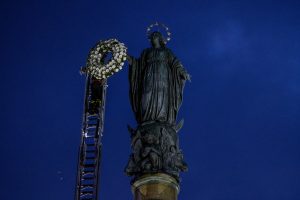(OSV News) – Religious affiliation in the U.S. is “holding steady,” with recent steep declines leveling off — but there’s no evidence a religious revival is underway, and Christianity continues to lose more members than it gains, according to a new report from the Pew Research Center.
On Dec. 8, the center released an analysis of data from its annual National Public Opinion Reference Surveys, as well as data from its 2023-2024 U.S. Religious Landscape Study, which polled close to 37,000 randomly sampled adults.
In addition, Pew drew on data from the General Social Survey, conducted by NORC (formerly the National Opinion Research Center) at the University of Chicago; and the American Time Use Survey by the U.S. Bureau of Labor Statistics.
The combined data indicates that “key measures of religiousness” — such as belief, prayer and communal worship — have continued to remain level over the past five years.
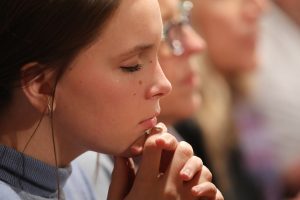
Since 2020, about 70% of U.S. adults have indicated they identify with a religion, said Pew.
Similar levels of stability have been reported for daily prayer (now about 46%), the importance of religion in respondents’ lives (currently 43%) and attendance at religious services at least once or twice a month (34% as of 2025).
That “recent stability” is “striking because it comes after a prolonged period of religious decline,” said Pew, which noted that “for decades, measures of religious belonging, behaving and believing had been dropping nationwide.”
The previous long-term declines “were driven largely by generational shifts,” said Pew.
Older “birth cohorts” — those born during the same time period, a more specific measure than the broader term “generation” — tend to be “highly religious,” said Pew.
As members of older birth cohorts have died, “they’ve been replaced in the population by younger cohorts of adults who are far less religious” — and at the same time, those across birth cohorts “have grown less religious as they have aged,” the report said.
Amid slight year-to-year shifts, “no birth cohort has become more or less religious in recent years,” said Pew.
In fact, said Pew, “On average, young adults remain much less religious than older Americans.”
“Over the past five years, those born in 1954 or earlier have consistently said they identify with a religion (now 83%), pray daily (now 59%), regard religion as very important to their lives (now 55%) and attend religious services at least monthly (43% in 2025).
Those born in the period 1995-2002 have remained much less religious, with slightly more than half (55%) identifying with a religion, under a third (30%) praying daily and ranking religion as important to their lives (32%), and just over a quarter (26%) attending religious services at least monthly as of 2025.
Pew said that “today’s young adults also are less religious than young people were a decade ago.”
While “some media reports have suggested there may be a religious revival taking place among young adults, especially young men,” Pew said its polls, along with other high-quality survey data, “show no clear evidence that this kind of nationwide religious resurgence is underway.”
In particular, and despite claims to the contrary, “there is no indication that young men are converting to Christianity in large numbers,” said Pew.
At the same time, said Pew, “it’s possible smaller changes are happening in some places that just aren’t widespread enough to show up in national surveys.”
Pew also found that although “some recent reports suggest that young people are increasingly turning to traditional forms of Christianity, such as Orthodox Christianity and Catholicism,” the data continues to show that “among both younger and older U.S. adults, Christianity loses far more people than it gains through religious switching.”
“Overall, 1% of U.S. adults ages 18 to 24 now identify as Orthodox Christians after having been
raised in another religion or with no religion,” but “an equal share of these adults has left Orthodoxy,” said Pew.
And “when it comes to Catholicism, far more young people have switched out than in,” Pew reported.
While “12% of today’s youngest adults have switched out of Catholicism,” just “1% of adults ages 18 to 24 have switched into Catholicism, meaning that they identify as Catholic today after having been raised in another religion or no religion.”
But for “nones” — defined by Pew as those who identify themselves as atheist, agnostic or “nothing in particular” in terms of religious affiliation — “this ratio is reversed.”
A quarter of adults ages 18-24 have become “nones” after being raised otherwise, and “far fewer young adults have left the ‘nones'” having been raised as such, said Pew.
Still, the report pointed out that “there are some interesting things happening with religion among young people.”
Young men are “now about as religious as women in the same age group,” which marks “a notable change from the past, when the reverse was the case, said Pew.
That pattern also contrasts with one detected among older people, where women are “much more religious” than their male counterparts, the report said.
But, said Pew, the “narrowing of the gender gap” in religiousness among younger men and women isn’t due to men becoming more religious — rather, the switch is “driven by declining religiousness among American women,” said Pew.
The report also highlighted nuances in religiousness among younger birth cohorts, noting that “today’s youngest adults (people born in 2003 or later) are no less religious than slightly older people born between 1995 and 2002.”
And, said Pew, “in some ways, today’s youngest adults are more religious than today’s second-youngest adults.”
In its 2023-2024 Religious Landscape Survey, Pew noted that “30% of adults born between 2003 and 2006 say they attend religious services at least once a month,” while among those born between 1995 and 2002 the number was just under one quarter (24%).
Pew’s 2025 National Public Opinion Reference Survey in 2025 found a similar pattern, but the center cautioned in its report the sample size for respondents born in 2003 or later was very small (just 154).
However, said Pew, previous Religious Landscape Surveys have shown that gaps between the two cohorts have emerged over time, with religious attendance dropping among both groups as they aged, and declining more quickly among the youngest group.
“These patterns may reflect the fact that many of the youngest adults still live in their childhood homes and follow the religious customs of their families,” said Pew. “As they get older and more of them leave home, their religious habits may change.”
For that reason, “we shouldn’t assume that the religiousness of today’s youngest adults is a sign of a major shift in American religion,” said Pew. “Perhaps in the future we’ll look back and see that we were at a pivotal moment in 2025.”
But, said Pew, “Historical data suggests the patterns we see today are a normal result of the youngest adults possibly following the religiousness of their parents for a few years past the age of 18, after which their religiousness begins to drop.”

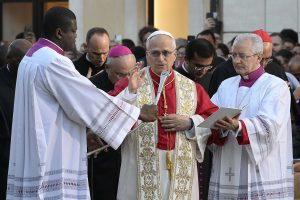
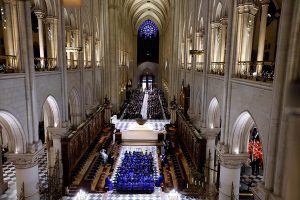
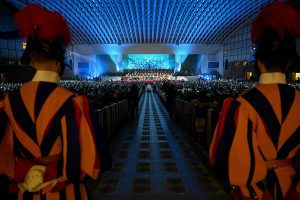
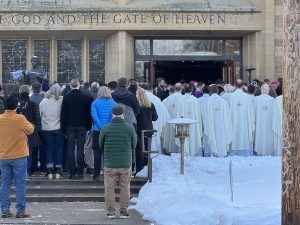
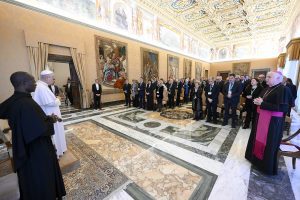
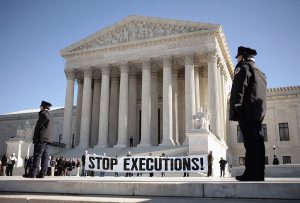
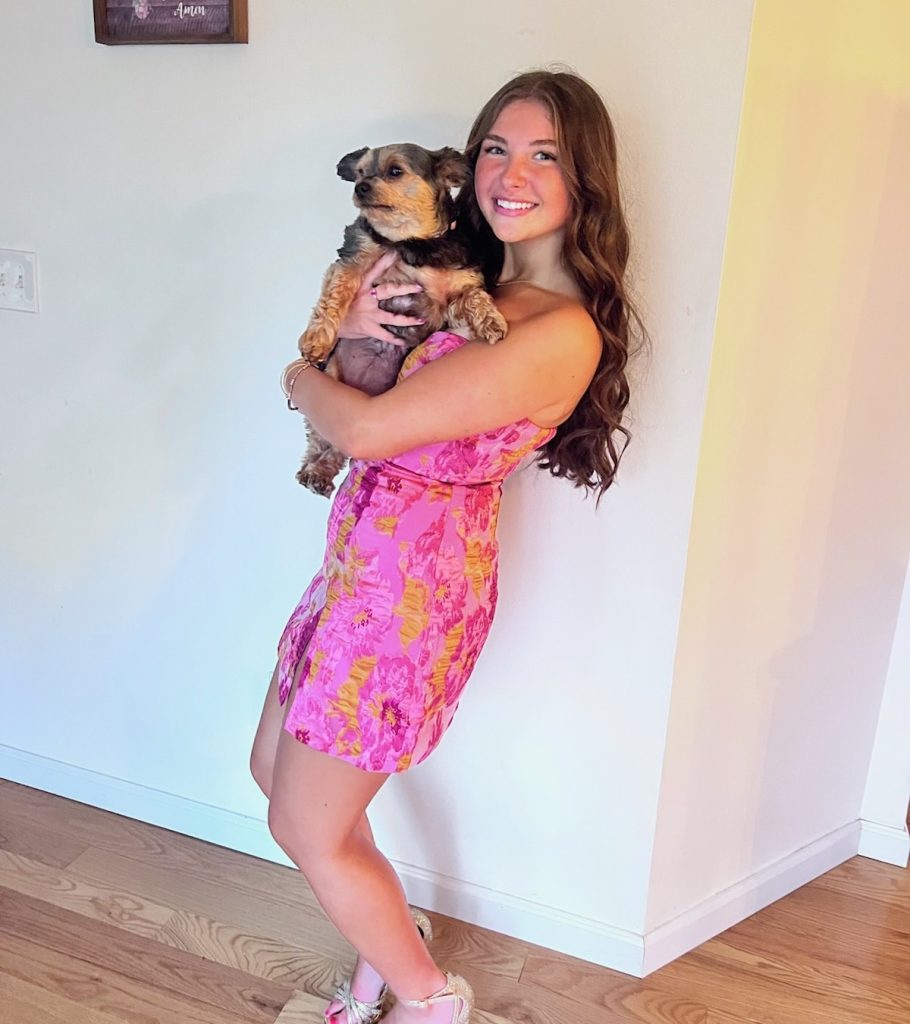 AND THE WINNER IS—-
AND THE WINNER IS—-